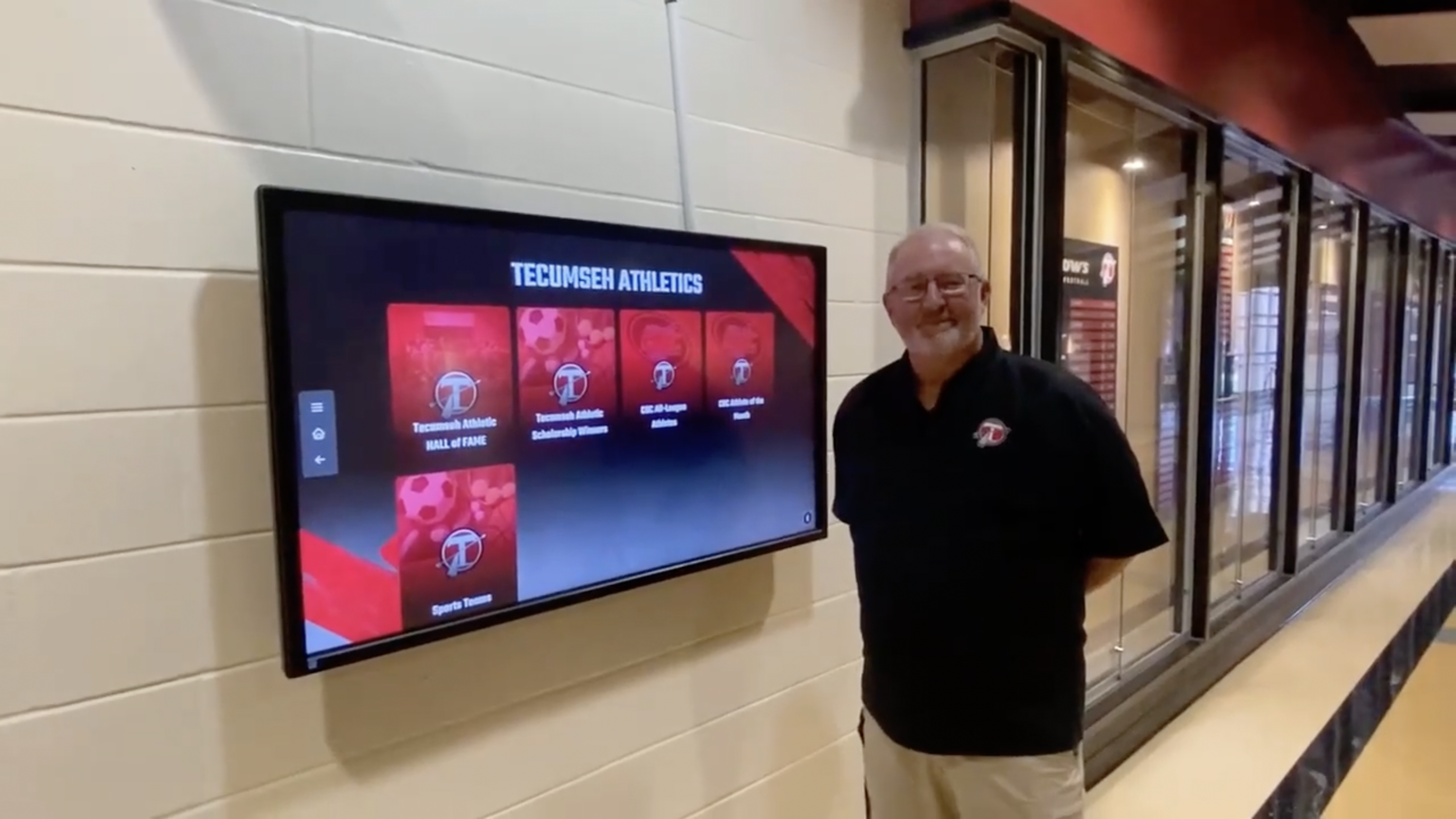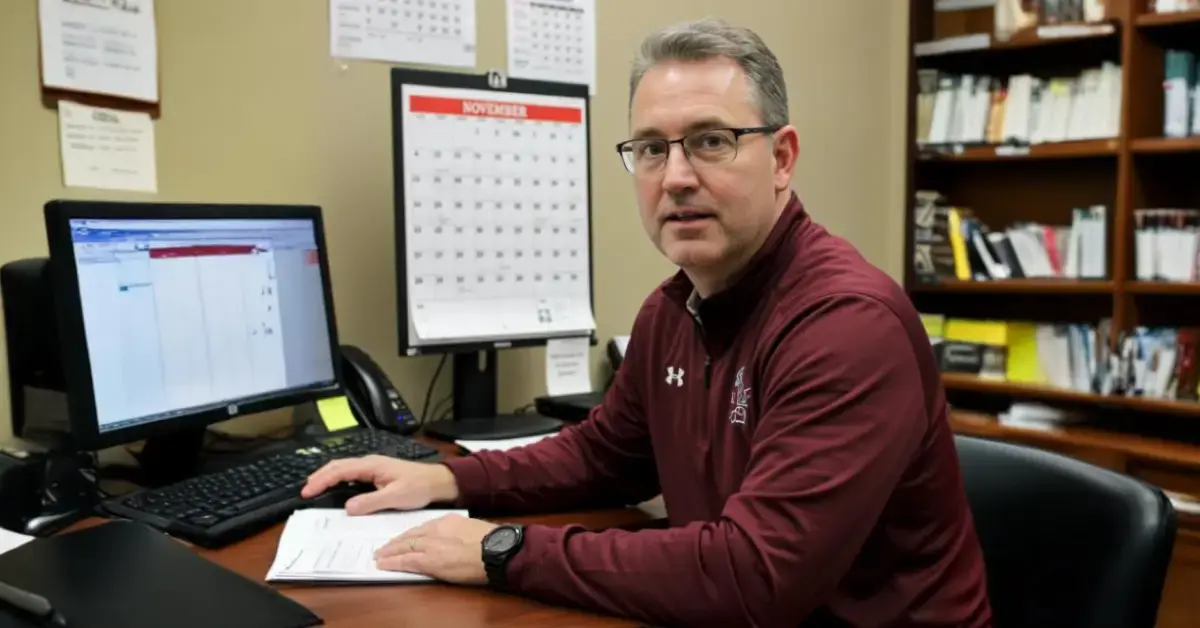They say a picture is worth a thousand words. But why?
The reason is because looking at a photo takes milliseconds. Reading a thousand words takes way longer than that.
That's why photos and images perform so well on social media — they're the best way to tell a story in an instant. In fact, images have been proven to be the second-most engaging type of social post, right behind short-form video.
So photos are crucial to a successful social media. But whether you're taking them or tracking them down, good photos can be so difficult to come by. Especially if you're an athletic director or coach who needs tons of photos of tons of athletes at tons of events. Just thinking about it is enough to make your head spin.
But before you get overwhelmed, don't worry! There are small tips, tricks, and tools that you can use to make getting your hands on good photos much easier.
What Makes a "Good" Photo?
First off, what do we mean when we say "good" photo anyway?
You're likely going to know a good photo when you see it. For example, let's compare the two photos in the following graphics:
|
|
Which one sticks out to you more? Which one do you find more engaging? Which one makes you feel more connected to the event or athlete?
We'd bet most of you would answer the one on the right.
And that's because a good photo makes you feel something. It captures not just a moment in time, but an emotion. There are a few tactical elements of "good" photos that help achieve this:
- It's a sharp, clear photo. You never mean to take a blurry photo, but sometimes they just happen. Unfortunately, clarity goes a long way in whether we perceive a photo as good quality. The clearer the picture, the easier it is for the viewer to make sense of what's going on.
- There is an obvious subject or focal point. Great photos draw you in immediately because they point you where you need to look. Often that's because they have a singular clear subject. Ask yourself: do I know where to look in this photo?
- There's not just action, but peak action. We know great sports photos capture action, but the best sports photos capture peak action. Like a tennis player mid-return, a batter taking a swing, or a runner sprinting through the finish line. Try tracking action, not athletes, when you take your photos and see how it turns out.
How Can You Take Good Photos?
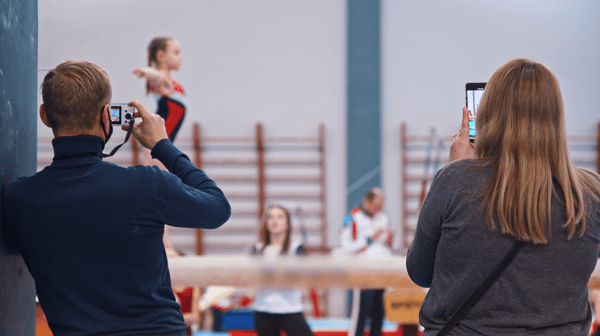
We'll admit it, we're not photography professionals. But we do have a few quick tips that can help you capture better photos when you're standing on the sidelines checking in on your games and events.
- Take a lot more photos than you think. The chances of nailing a perfect shot in one go are slim. You have a much better probability of getting a good (or just usable) picture if you take a bunch. Instead of trying to set up your frame for a great action shot, take a lot of photos in quick succession.
- Don't over-zoom. It's instinct: "I need a photo but I'm far away from the action. I'll zoom-in!" Unfortunately, where there's too much zoom, there's a lot of blur. Zooming in (especially on a phone) can drastically reduce the quality of your image. If you're trying to get a photo from far away, try moving closer, or just keep the zoom as-is. Then, you can crop the photo after it's taken to get the angle, perspective, and subject you're looking for.
- Take photos in portrait and landscape format. It's hard to predict how a photo is going to look in a graphic. Having options for both the vertical and horizontal orientations can make a big difference down the line. You can always crop space out of a photo, but you can't add space to it!
How Can You Get Good Photos?
It might be nice to think that you can snap photos of your teams and athletes for your graphics. But you can't possibly make it to every event. So then the problem becomes: how can you get your hands on good photos? Here are two solutions:
1. Photographers
We're just going to come out and say it. If you really want good photos (and lots of them), find a photographer. But before you say that you don't have the budget to hire one, let's be clear about what we mean.
Photographer doesn't have to mean a professional who has thousands of dollars of equipment (although, if you have access to that, that's GREAT). A photographer can simply be someone dedicated to taking photos.
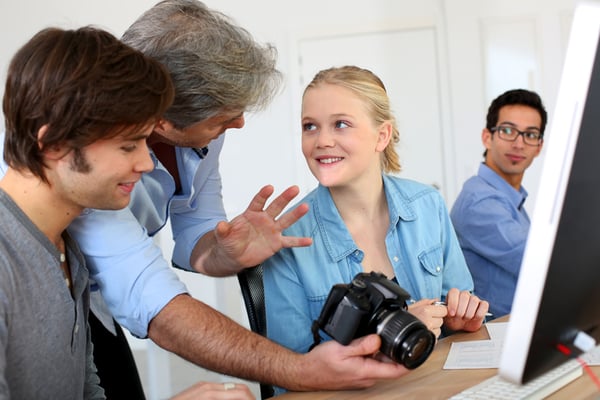
Chances are, you know lots of great photographer candidates already. Or, they're a lot closer than you think. Here are some easy places you can start looking:
-
Parents: There might be a parent or two on your teams who are interested in photography and would be happy to take photos of their athletes during games or events. Parents these days LOVE taking photos. If they're already going to do it, ask if they'd be interested in officially volunteering OR give them a way they can send you the photos they're already taking.
-
Students: Your athletes have a lot going out outside of athletics. They're involved in extracurriculars, they may have part-time jobs, and they definitely have more passions. Some of your athletes might be interested in volunteering to take photos at other events that they're not participating in.
-
Clubs & Activities: There's a whole world beyond athletics at your school. Your yearbook team, journalism class, or photography club already has students who are interested in taking photos and getting real-world media coverage experience. Connect with the teachers & advisers of these activities and find out if there are any students who would be interested in taking photos at your events. Or, start a partnership program that assigns students to cover athletics events.
-
Local Media Outlets: Your local news or paper likely sends reporters, photographers, or cameramen to cover your athletic events. If you have a good relationship with these outlets, you may be able to arrange a deal where they send along the photos and videos they take at your events. Get to know these people next time you see them!
The bottom line? Photographers are a lot more in reach than you might think. Start asking around — you never know who you might find to help!
2. Digital Sharing
Let's say you've conquered the obstacle of finding a team of dedicated photographers. Let's say those photographers have taken HUNDREDS of incredible photos that are going to look fantastic in your social media graphics.
How are you going to get those photos from their cameras, phones, computers, or drives into your Gipper account?
There are a lot of tedious and potentially pricey options. You can have your photographers send them to you via email, but that doesn't work for a large quantity of files. You can invest in software like Dropbox, but that can be a pricey solution for such a niche problem.
If you're a Google user, your best bet is Google Drive, but you have to ensure that everyone has the right permissions and access to upload to your folders. Plus, all of those options require you to download and organize all of those files yourself. That can be a major headache.
Gipper created a solution to this very problem. Content Requests is a tool that allows you to request photos, videos, and other media files from anyone, whether it be a designated photographer, a student volunteer, or even a parent who snapped a great post-game team photo.
Your Content Request recipient can upload any number of files, and they'll automatically drop into your Gipper Gallery. From here, you can publish them to social media or add them to your graphics. No wrangling hundreds of huge files and losing photos in your downloads again.
Learn more about Content Requests>
Getting your hands quality photos doesn't have to be a headache. Find a small team of volunteer photographers and start collecting with Content Requests. A good photo not only elevates your graphic but takes your storytelling to the next level.
Get in touch for more photo tips & tricks!
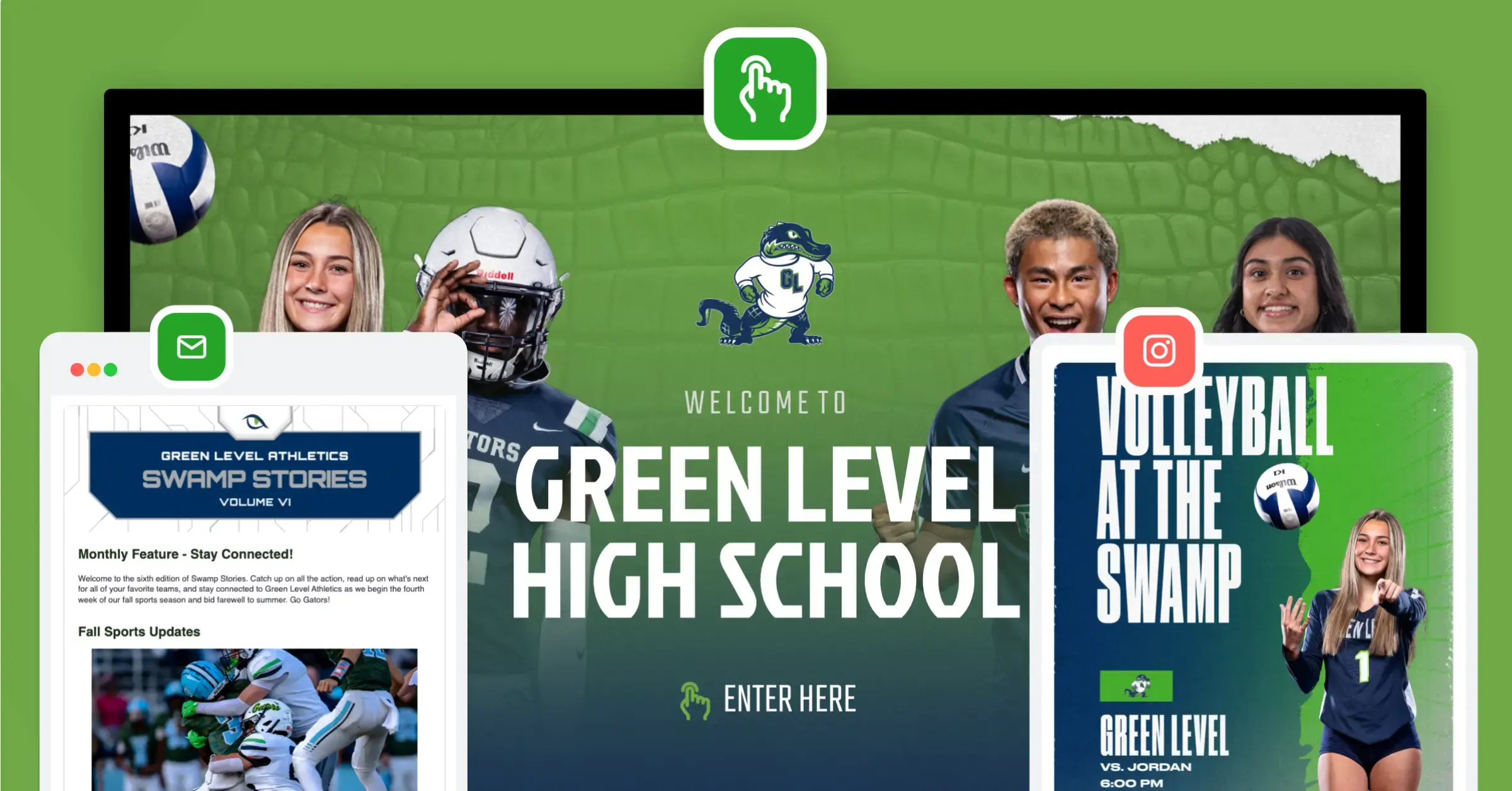
.webp)
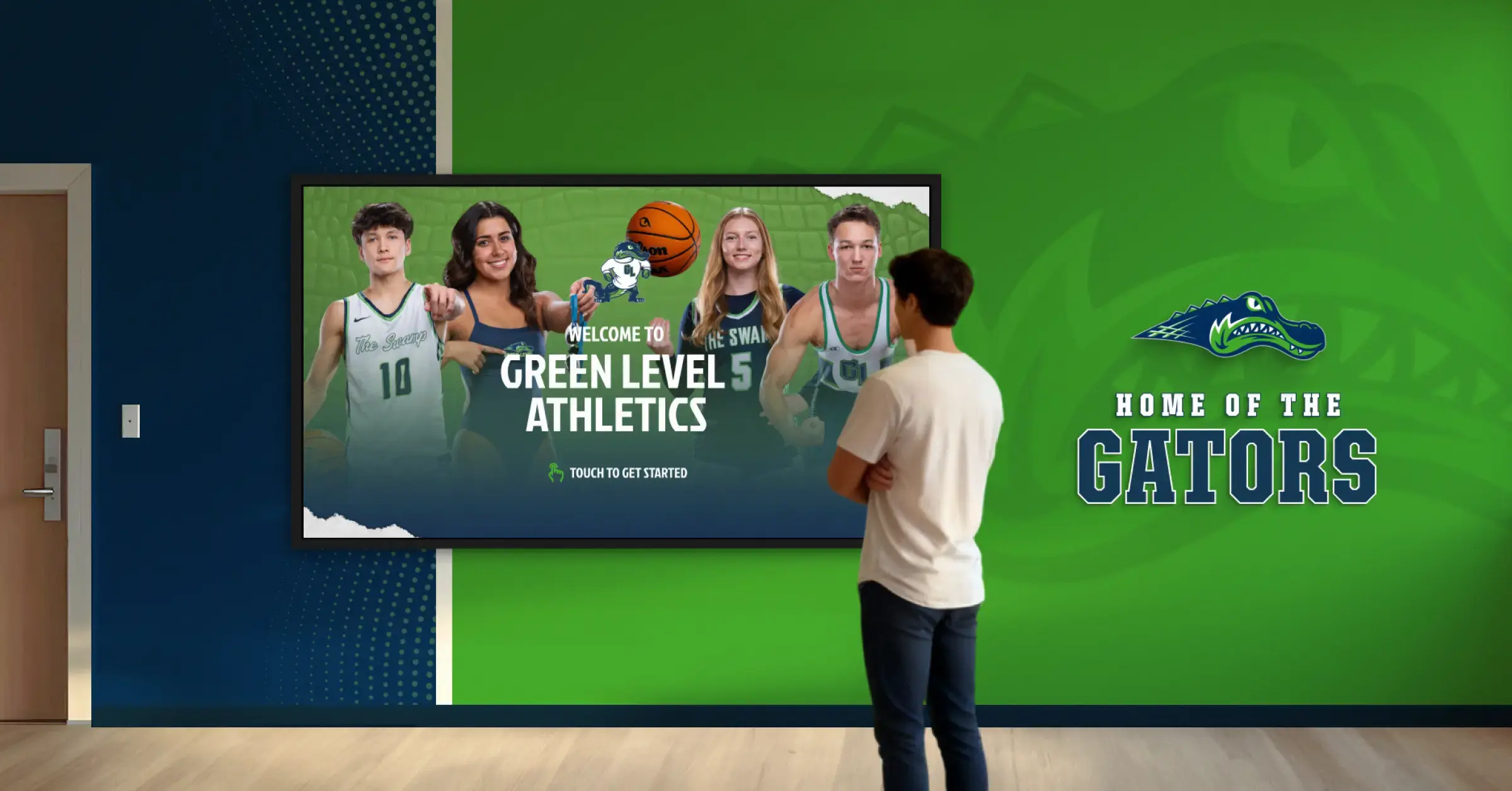
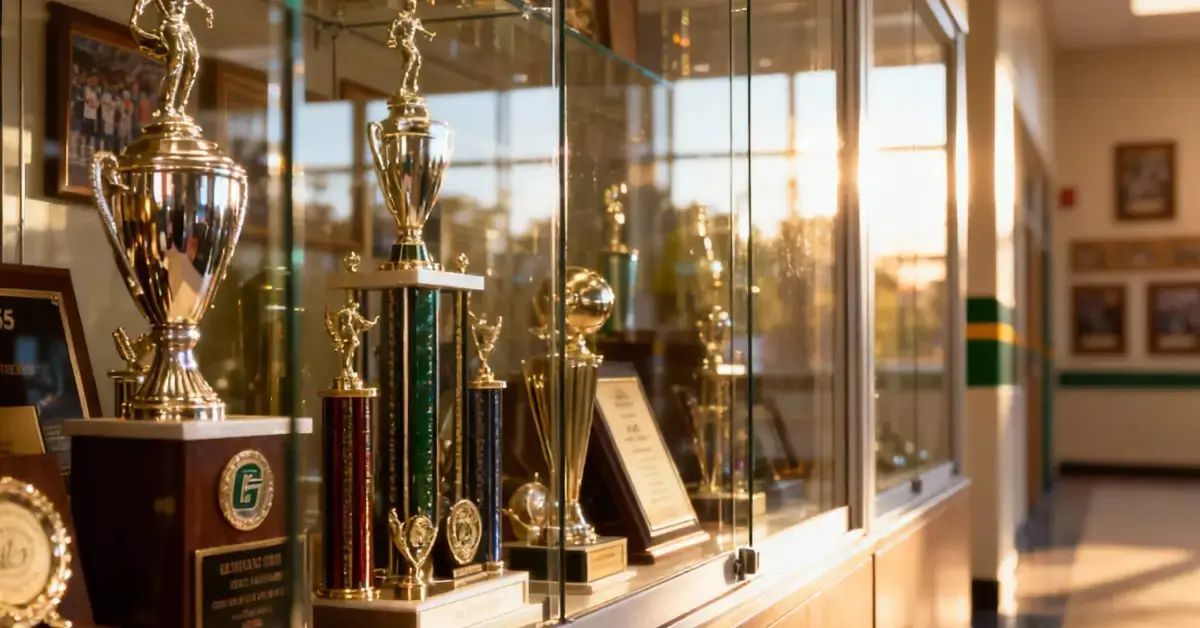
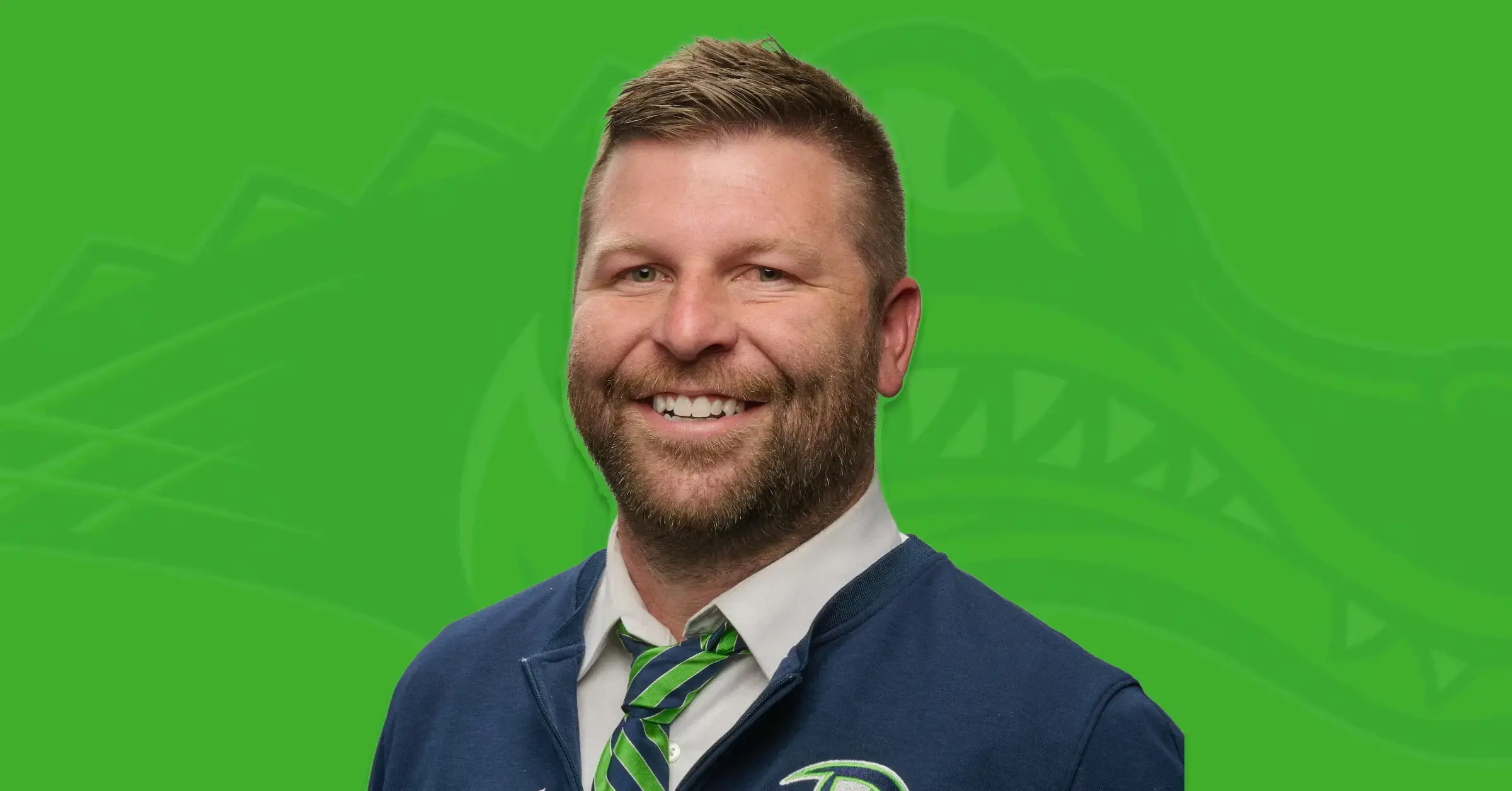
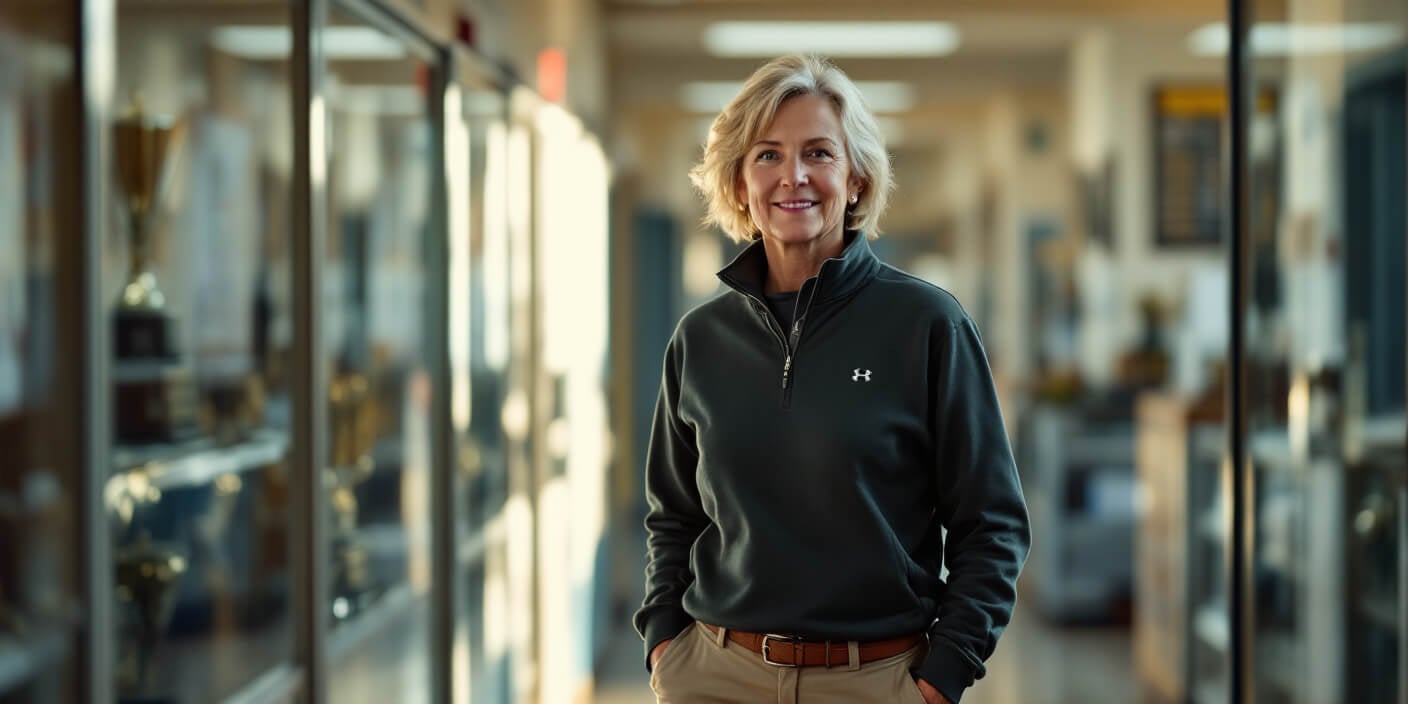
%20(1)-1.webp)
